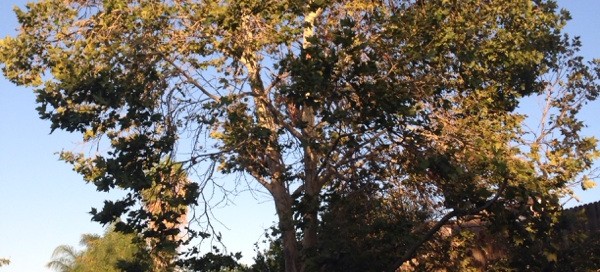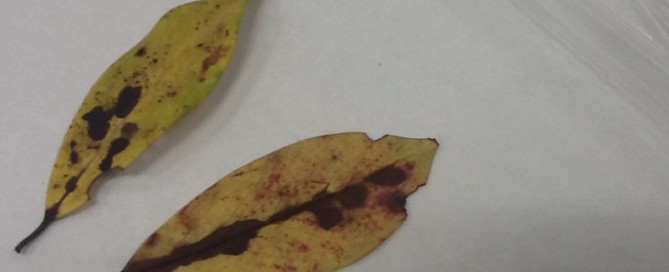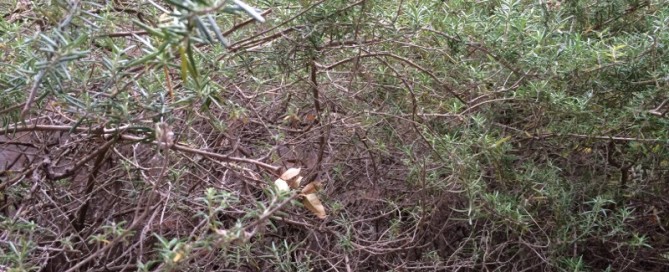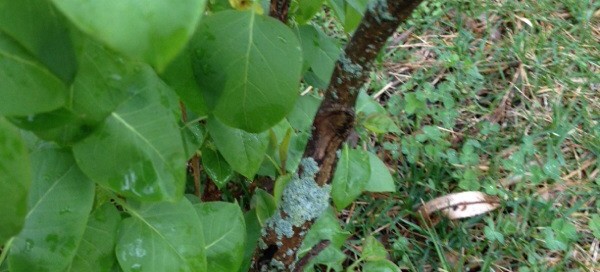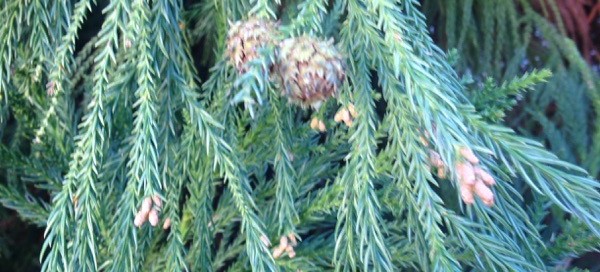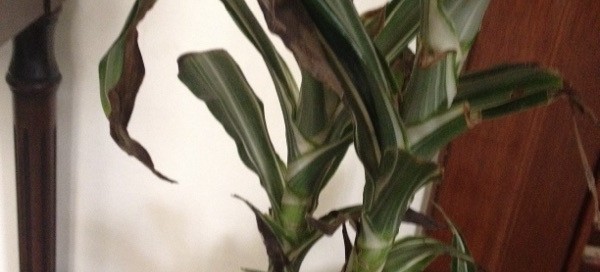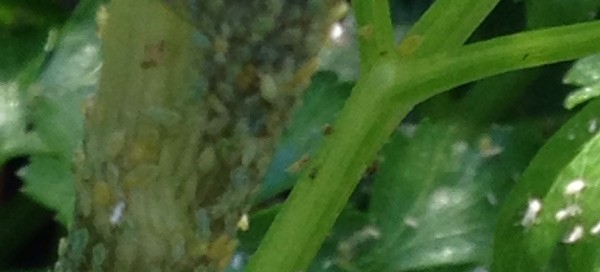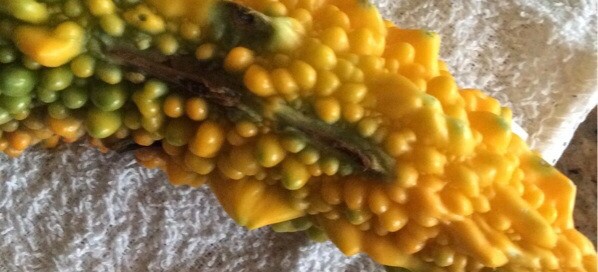Anthracnose Andor Insect Pests
Please accept our apologies for the delay in responding! Peeling or flaking bark is normal for Sycamore trees. However, the leaves are commonly infected with a fungal disease called Anthracnose, which causes leaves at the branch tips to turn brown, starting at the tips of individual leaves. There are also several species of insects that commonly feed on the leaves. (Some of them, if in high enough numbers can also cause visible damage). Most of these are hard to see without a magnifying lens. So, of course, there could be both disease and insects affecting this plant. From what we can see of the leaves on the tree in this photo (although the photo you sent previously appeared green and healthy), it does look like there could be anthracnose. We recommend using a magnifying lens to examine the leaves (on both sides of the leaf) to see if you can find any insects. We've included a link about Sycamore so that you can compare what you see/find to the descriptions and photos of the various possibilities. In addition, you can take samples (sealed a bag) to your local Dept of Agriculture office and they will typically send you a response for free. They will want samples of the brown leaves (for anthracnose), and samples of any insects you find, because one problem goes to the pathologist and the other goes to the entomologist for ID.
http://www.ipm.ucdavis.edu/PMG/GARDEN/PLANTS/sycamore.html
